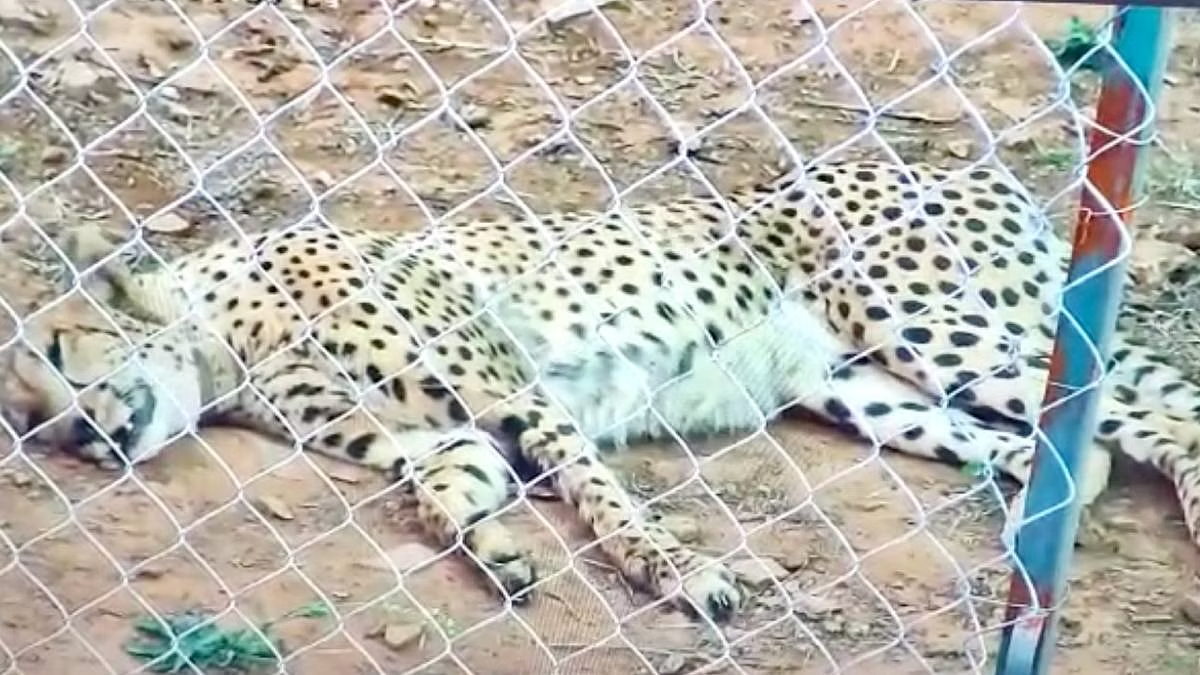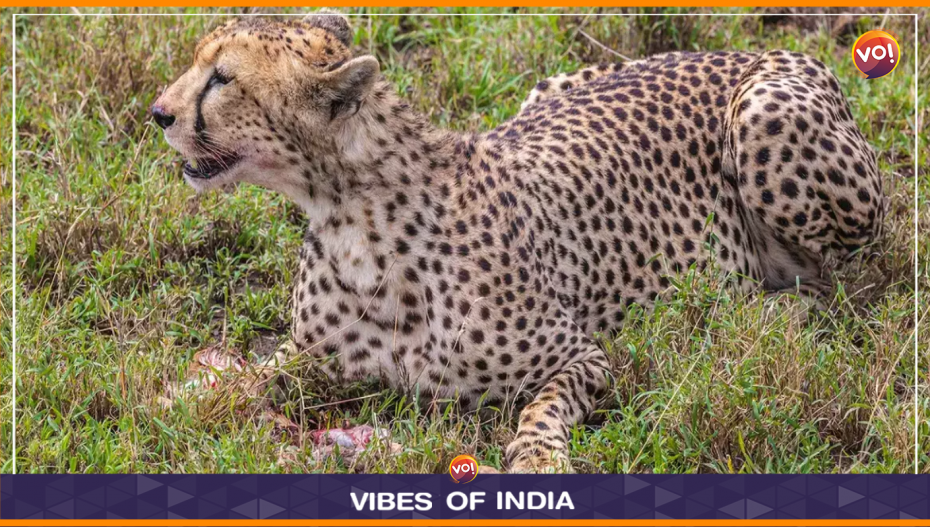An exotic animal that arrests the eye. Not many of us are fortunate to see this attractive cat. We have read about cheetahs in textbooks or watched them transfixed in documentaries. Its moon-crescent-like black spots, slender limbs, majestic leap, and blinding speed – it can run at nearly 100 km per hour – are one of a kind. But this marvel of nature had nearly been an extinct animal. Recently, India has attempted to restore this specie through an initiative called ‘Project Cheetah’.
However, of the 20 cheetahs that India brought from Africa, only 18 have survived. A six-year-old male cheetah called Uday died in Kuno National Park on April 23. Following outrage from wildlife activists, Madhya Pradesh Chief Minister Shivraj Singh Chouhan asked the state forest department to ready Gandhi Sagar Sanctuary as cheetah’s second home. In addition, the government also considered moving a few animals from Kuno to Rajasthan’s Mukundra Hills Tiger Reserve.

The idea was to ease pressure on the Kuno National Park. Experts believed Kuno could not keep cheetahs in good health.
Not a one-off
This is not a spectacular overreaction to one death. Earlier, five-year-old Sasha, one of the eight cheetahs that arrived from Namibia in September, died on March 27.
Uday’s death makes a curious case as it was declared medically fit. Uday looked in visible discomfort as it moved with a lowered neck. It died within hours of getting treatment. It’s speculated that Uday might not have had the right food. It’s also thought Uday didn’t have the right conditions to survive. Indian cheetahs become easy targets to their Namibian counterparts who adapt to the region quickly.
“As scientists, we advocate waiting for the necropsy results before coming to any conclusion. What we know at this point is the death happened suddenly, just hours after the symptoms were first noticed, and despite Uday receiving immediate veterinary care. We want to ensure we understand the problem so we can take action to avoid preventable deaths. But at this time, we do not know much by way of fact, and we wish to wait until the necropsy results are available before commenting further,” Laurie Marker, executive director of Cheetah Conservation Fund (CCF), told a national newspaper. “This is a long-term endeavour and losses are inevitable, but we already have cubs, and this is an early indicator of project viability.”
Now, Project Cheetah’s viability is questioned, especially since the project wasn’t expected to be a long-term success.
Professor Adrian SW Tordiffe, veterinary wildlife specialist and editor of the Journal of the South African Veterinary Association, was quoted as saying, “Some cheetah deaths, while tragic, are not a sign that the project is failing. When establishing a new population, some animals will adapt and survive, and others will not. That is just part of life and while we don’t want any animal to suffer, we have to accept that some things will go wrong for some individuals because we cannot control every aspect of their life and sometimes nature is brutal.”
Furthermore, it was estimated that cheetahs had only a 50% chance of survival in Kundo. Which brings us to the question: why are cheetahs a declining specie?
Who do cheetahs die?
A report claimed that a high density of lions, leopards, hyenas, and jackals was also responsible for the cheetah’s high mortality rates. It faces life threats from other animals such as zebras, elephants, warthogs, snakes, vultures, baboons, and ostriches. Predation accounts for 53.2% of cheetah mortality, claimed a study.
It added that holding camps contributed to 6.5% of cheetah deaths, transit caused 7.5% of deaths and another 0.7% were caused by tracking devices. Essentially, 15% of cheetah deaths could be attributed to inefficient management, the report highlighted.
Keeping cheetahs in leopard-proof enclosures isn’t viable. According to the news report, restricting their movements to national parks and sanctuaries entails risk. The Cheetah Project can emulate the South African model of preserving cheetahs in some select pockets. It’s now struggling to find a common landscape for people and cheetahs. Animal welfare conservatives are naturally alarmed and the Save the Cheetah call is growing louder by the day.
What is the South African model?
According to a study, South Africa conserved a declining population of 217 cheetahs. The study refers to 2009 when 40 fenced reserves in South Africa sheltered just 289 cheetahs. Since 1965, as many as 343 were translocated to 48 fenced reserves from Namibian and South African ranches. Interestingly, the media report pointed out, that the numbers dropped to 217 by 2012 once the supply stopped in 2009.
Things changed once the issue of high lion density was identified before moving cheetahs. In six years, the cheetah population grew to 328.
The Save Our Tigers campaign was essential to instil tiger conservation in India’s consciousness. It’s about time ‘Save the Cheetah’ becomes a crusade to prevent this cat from extinction.
Also Read: Octogenarian POTUS Biden Formally Announces 2024 Candidature












